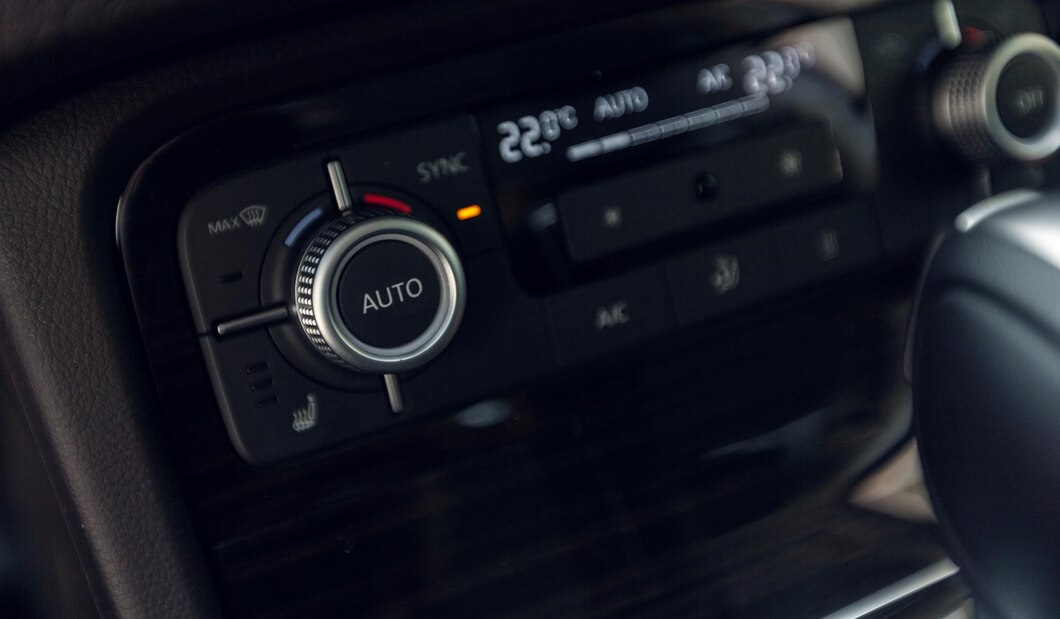As temperatures drop, a properly functioning car heater becomes essential for comfort and safety on the road. However, many drivers may not realize their heater is failing until it’s too late. Recognizing the early signs that your car’s heater isn’t working properly can help you address issues before they become serious. Here are some indicators to watch for:
1. Insufficient Heat Output
One of the most obvious signs of a failing heater is when the air blowing from the vents isn’t as warm as it should be. If you notice that even after the engine has warmed up, the heater is producing lukewarm or cool air, there could be an issue with the heating system.
Possible Causes:
- Low coolant levels
- Faulty thermostat
- Blocked heater core
2. Strange Odors
A burning or unusual smell when you turn on the heater can indicate a problem. This could be due to debris in the heating system, a leaking heater core, or even mold growth in the air ducts.
Possible Causes:
- Coolant leak
- Mold or mildew in the HVAC system
- Burning dust or debris on the heater core
3. Fogging Windows
If your car’s windows fog up excessively and the defroster isn’t clearing them effectively, your heater may not be working properly. The defroster relies on warm air from the heater to remove condensation from the windshield.
Possible Causes:
- Faulty heater core
- Low coolant levels
- Malfunctioning thermostat
4. Coolant Leaks
Puddles of coolant under your car or a sweet smell inside the vehicle can be signs of a coolant leak. Since the heater relies on engine coolant to generate warmth, any leaks can impair its function.
Possible Causes:
- Leaking heater core
- Damaged hoses
- Radiator issues
5. Unusual Noises
Strange noises when you turn on the heater can be an early sign of trouble. Squealing, rattling, or banging sounds may indicate problems with the blower motor or debris caught in the heating system.
Possible Causes:
- Worn-out blower motor
- Debris in the heating ducts
- Loose or damaged components
6. Fluctuating Temperature
If the temperature inside your car varies widely or doesn’t stay consistent, it could be a sign of a malfunctioning thermostat or issues with the heater control valve.
Possible Causes:
- Faulty thermostat
- Malfunctioning heater control valve
- Air bubbles in the cooling system
7. Dashboard Warning Lights
Modern cars are equipped with sensors and warning systems that alert you to potential issues. If you see a warning light related to the engine or coolant system, it could indicate a problem that affects the heater’s performance.
Possible Causes:
- Low coolant level warning
- Engine temperature warning
- General engine malfunction indicator
What to Do If You Notice These Signs
If you experience any of these early warning signs, it’s important to take action promptly to avoid more significant and costly repairs:
- Check Coolant Levels: Ensure that your coolant reservoir is filled to the appropriate level. Low coolant is a common cause of heater problems.
- Inspect for Leaks: Look for signs of coolant leaks under the car and around the engine bay.
- Listen and Smell: Pay attention to any unusual smells or noises and try to identify their source.
- Visit a Mechanic: If you’re unable to diagnose the issue yourself, or if the problem persists, take your car to a qualified mechanic for a thorough inspection.
A functioning car heater is crucial for comfort and safety during colder months. By recognizing the early signs of heater problems, you can address issues before they escalate. Regular maintenance and prompt attention to warning signs can help ensure your heating system operates efficiently, keeping you warm and safe on the road.











